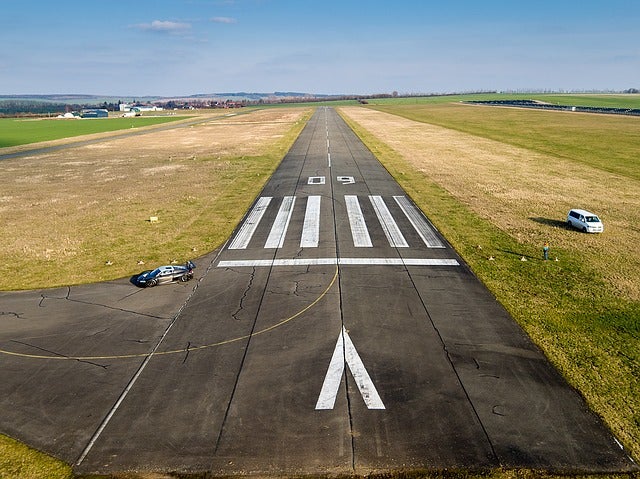
Western Sydney Airport in Australia has entered the next stage of the project with the commencement of major earthworks at the site.
More than 200 earthmoving machines have been rolled onto the site to remove nearly 25 million cubic meters of earth for the construction of the Nancy-Bird Walton terminal, runway, roads and railways, which is claimed to be equivalent of 10,000 Olympic swimming pools.
Since stage one of construction commenced in 2018, approximately one million worker hours have been clocked up on the site, with 1.8 million cubic metres of earth already moved.
Initial earthworks for Western Sydney Airport included moving 1.6km of Badgerys Creek Road, which will become one of the gateways to the airport.
It also included the construction of a new bridge, which was opened last month.
The A$5.3bn ($3.5bn) airport will open in 2026 and will be equipped to handle ten million passengers annually.

US Tariffs are shifting - will you react or anticipate?
Don’t let policy changes catch you off guard. Stay proactive with real-time data and expert analysis.
By GlobalDataWestern Sydney Airport general manager Jim Tragotsalos said: “On other projects, these achievements would be showstoppers, but for Western Sydney International initial earthworks was just the beginning, covering only 6% of the 1,780ha site.
“Major earthworks will see us moving up to one million cubic metres of earth a month, working across 67% of the site, which is the entire footprint of the first stage of the airport.
“We’ll have hundreds of workers and more than 200 scrapers, excavators, graders, dump trucks and dozers, including some of the world’s biggest machines, on site getting to work on this mammoth task.
“We need to flatten what is a very hilly site (the difference between the highest and lowest points is equivalent to a 12-storey building), so we definitely have our work cut out for us.”
During the construction phase, nearly 30% of the jobs generated will be given to locals.
Once the airport becomes operational, the figure is expected to increase to 50%.
Market soundings have also started for additional job-creating contracts such as the construction of the terminal precinct, runway, taxiways and internal roads.



